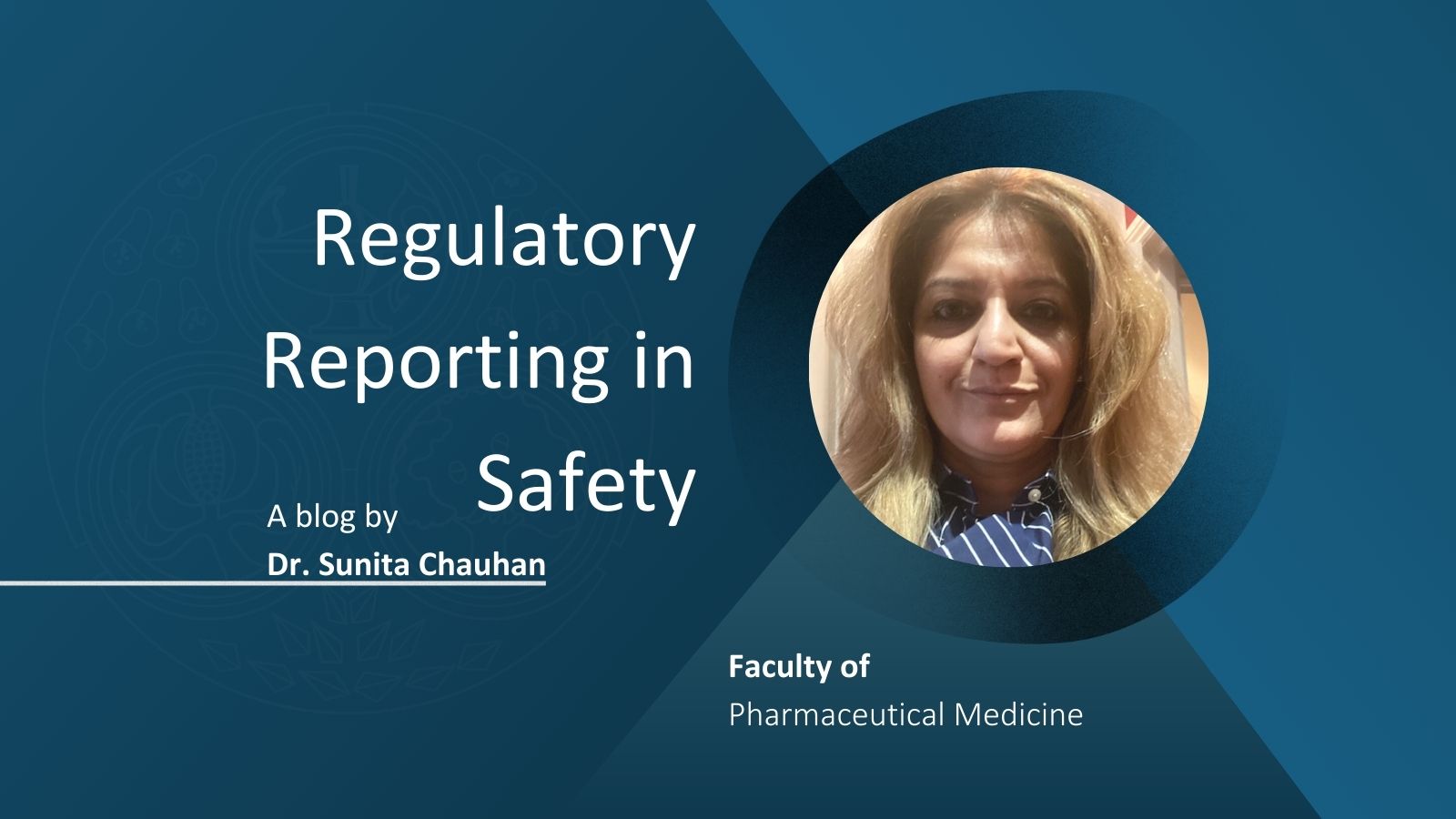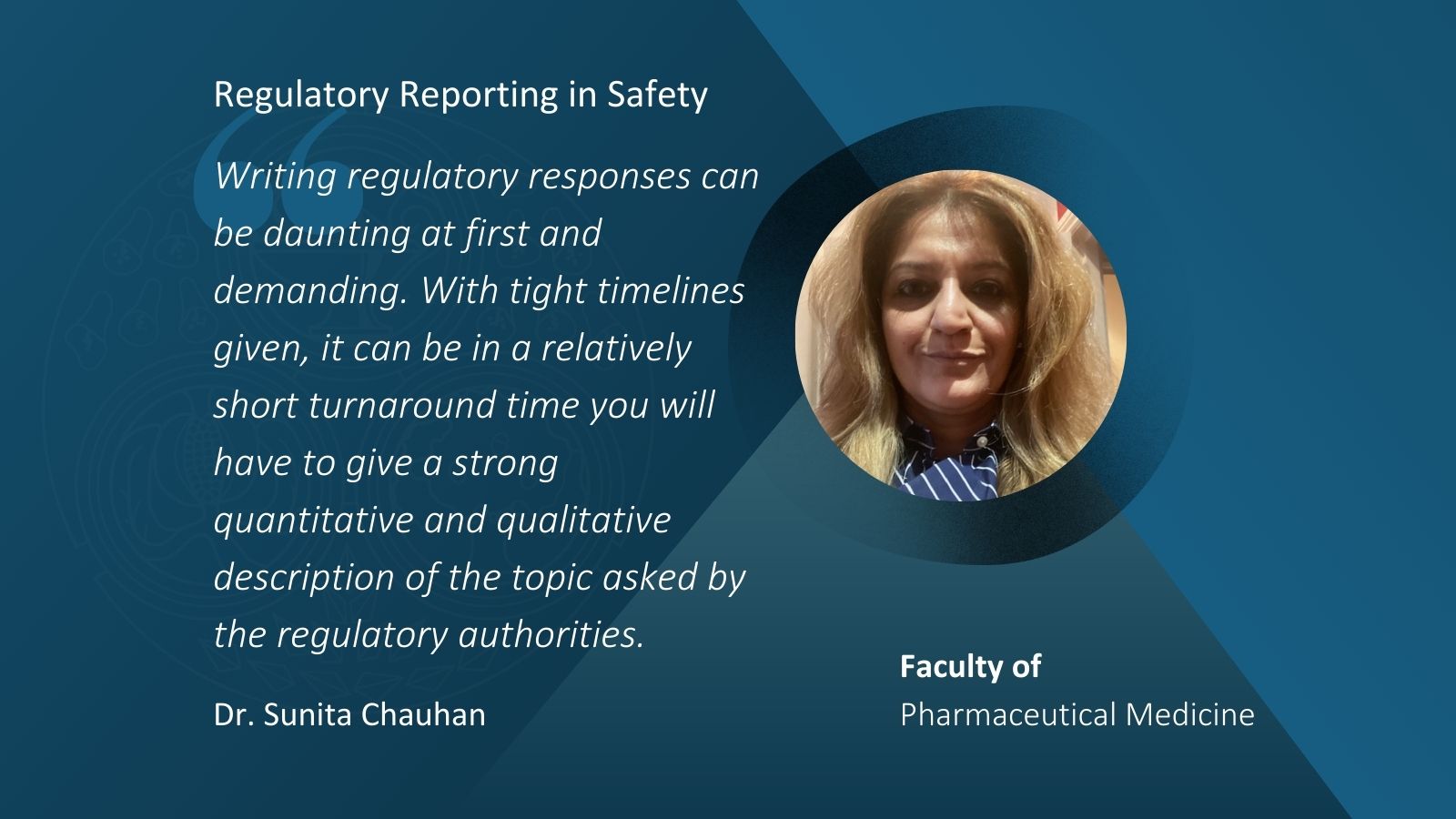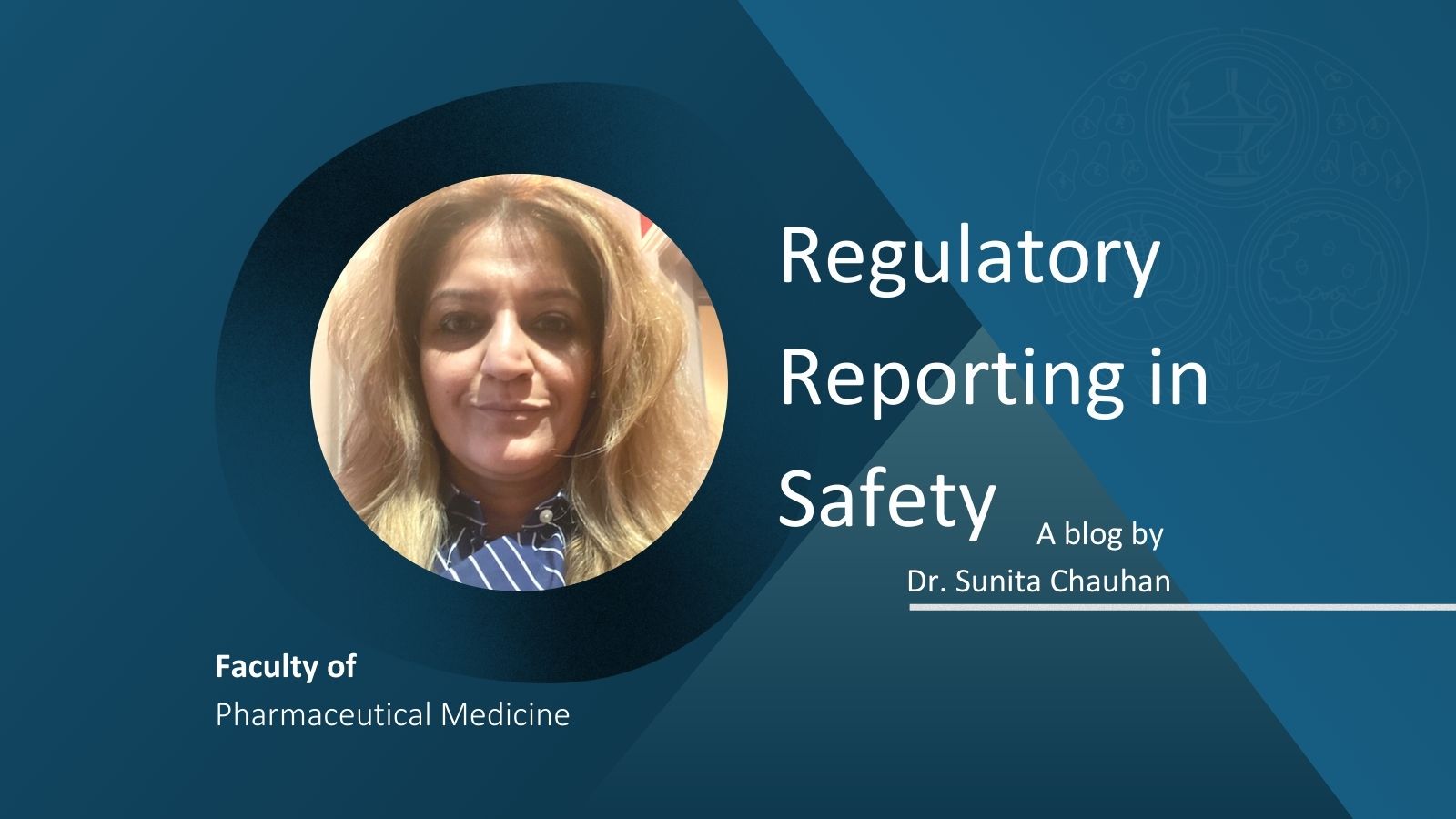Regulatory Reporting in Safety
Posted on: Tuesday 10 January 2023
Author: Dr Sunita Chauhan

Want some tips on how to respond to a regulatory request?
“From my experience as a safety physician, I found these self-made tips very useful for my everyday work.”
Writing regulatory responses can be daunting at first and demanding. With tight timelines given, it can be in a relatively short turnaround time you will have to give a strong quantitative and qualitative description of the topic asked by the regulatory authorities.
I am a safety professional and as it is within my current role, regulatory responses in the drug safety setting this could be quite often. Examples of responses could be for topics that will need to be presented for routine reports, for example within the PBRER (i.e., Periodic Benefit Risk Evaluation Report).
This report is submitted regularly, however, a response could commonly be written for topics that need to be reviewed on a more ‘as the need arises’ basis i.e., for adhoc reports.
Safety! – Why are these responses important in safety?
The emphasis on the need to answer the regulatory assessor’s question accurately and within the timelines is quite simple. In safety, all new information collected for e.g., post-marketing would be promptly reviewed and any confirmed new signal/adverse drug reaction will be shared with the public in a timely manner. For recently developed COVID-19 vaccines, this is an example. Since its emergence in 2019, the SARS-CoV-2 virus has spread to almost every country making the COVID-19 pandemic a global health crisis [1].
For authorised medicinal products and devices (including vaccines), in reality, requires prompt detection and evaluation of new information on the benefit-risk balance. Timely communication and a high level of transparency is the key to protect public health and ensure the public’s trust in the products that are developed and in the regulatory system. Certain side effects, particularly rare or very rare ones, only emerge during real life use in many different people [1].
It is therefore essential to closely monitor the safety and effectiveness of any medicine after it is authorised. Authorities will want to see that these medicines benefits’ outweigh their risks based on efficacy, safety and quality [1]. Any confirmed adverse drug reaction would ultimately be notified by the agency to healthcare professionals who serve and communicate with patients, and the public in a timely attitude. Also, it is important that the response relays what the assessor needs to know, as it is from this information what is determined and ultimately spoken of. As you can tell already there is a strong emphasis on patient safety, which is what you would expect from all of this, and is always of paramount importance.
So what tips can be used to write such responses?
Tip One
Where do I start?
The first tip is to read and understand the assessor’s question!
This sounds quite obvious but this cannot be more emphasised. In fact, by doing this, this can complete 50 percent of the work if you know what the assessor wants to know. The response should tell a story of the data of the topic in question. It describes the data, including statistical facts about the subject. It should be described, analysed and illustrated in a logical and methodical fashion. As you read further into the response you should be unfolding the story of the topic.
Tip Two
How do I create the outline of the response i.e., the strategy of the response?
The second tip is to split the question into mini questions and create headers from these somewhat smaller questions.
These will be the majority of the headings used to create the outline of your response. The remaining headings will be the standard headings such as the introduction and conclusion. The content of these will need to be adjusted at a later stage, i.e., after the interpretation of the data.
Remember, it is always useful to the assessor and yourself if the need to revisit the topic, to include a summary section near the end of the report. By now and with using your logical thinking skillset you will have already constructed the strategy for the response!
Using your logical thinking skillset to create the strategy!
You may have noticed that I have used the word logical a few times now. The logical thinking skillset is underestimated, to realise that it is a great gift that we have and can use. We can see already applying this skillset it is a very useful asset to have and use especially when it comes to formulating and creating strategies for our safety responses!
What is this skillset exactly?
‘Think Before You Start Doing – Create a Strategy
Since logical thinking implies noticing all the details and putting them together one by one until the picture then becomes clear as day, strategy plays a major role in the thinking process.’ [2]
How is this skillset really useful?
Creating a logical strategy is beneficial to the safety professional and regulatory assessor. It determines a well-structured response to the assessor. This means the response will answer all aspects of their question, which is of course is important. Why? It will hold the relevant facts that they need to know to determine in their own minds what the key messages will be on relaying, ultimately, to health care professionals and to the public. It can also stop unnecessary follow-up questions to the topic. This is also important. Why? This will consequently save ‘time’ as any findings to the subject of interest would need to be relayed in a certain timeframe by the regulators. Also, this will lessen the time for any potential risk to occur in patients – i.e., only if there was any risk to be found with a product that they are taking or using!
Logical thinking can also help to create a consistent thorough story of the events that are unfolding. It can present high-level information as well as the finer details of the topic in question. It will determine consistency of the data and their analyses. This can be useful – especially for the assessor, to be able to follow the story of the topic and understand exactly what has been written.
So your logical thinking skillset enables and helps to create your strategy!
I actually have a background of Mathematics and Medical Statistics before I embarked on my career within Medicine. I had obtained a degree in Mathematics from University College London and postgraduate degree in Statistics with Applications in Medicine from University of Southampton before becoming a Medical Statistician working within the pharmaceutical industry.
I have wonderful memories of how we had to prove our ‘Mathematical Theorems’. Using precise logical steps to prove a theorem could be quite pleasing. Short, precise and accurate formulae could be used to derive any theorem. In fact, the logical thinking skillset could present somewhat ‘elegant’ work! ‘One of the pleasures of being a Mathematician was to be able to describe matters elegantly in numbers!’
Tip Three
Fill in the gaps!
The third tip is to fill in the gaps under these headers. Having a good team to work with is certainly appreciated here! Scientists and physicians will work together to derive the results from the analysis and these are inserted within these sections. Note – you are already answering the main regulatory question!
Describing the data can take varied forms. Be factual, consistent and precise. Using tables instead of words might sometimes be a better option – especially if large amounts of data are to be expressed. Again be logical for the interpretation of the data.
Stepwise interpretation of data will show the assessor how you derive the results – again, which could ultimately mean there might be fewer questions coming back to you from him or her!
Summary
The tips in a nutshell are:
1. Read the question and understand what the assessor is exactly asking of you
2. Create an outline/strategy of the response and
3. Fill in the gaps by describing the data for the topic.
From my experience as a safety physician, I found these self-made tips very useful for my everyday work. In my current role, a large amount of the time is spent working towards writing such responses.
Whether you are starting out to write regulatory responses in safety or working within a different sector to safety – these tips do look and are ‘obvious’ and certainly are to an experienced safety professional, but I thought it might be a good idea to share them with you all!
Dr Sunita Chauhan BSc Mathematics Honours, MSc Statistics with Applications in Medicine, physician/MD
References
[1] Pharmacovigilance Plan of the EU Regulatory Network for COVID-19 Vaccines, 2020. www.ema.europa.eu/en/documents/other/pharmacovigilance-plan-eu-regulatory-network-covid-19-vaccines_en.pdf [Accessed 27 May 2022]
[2] What is Logical Thinking and How to Strengthen It, 2021. www.lifehack.org/594032/logical-thinking [Accessed 27 May 2022]



